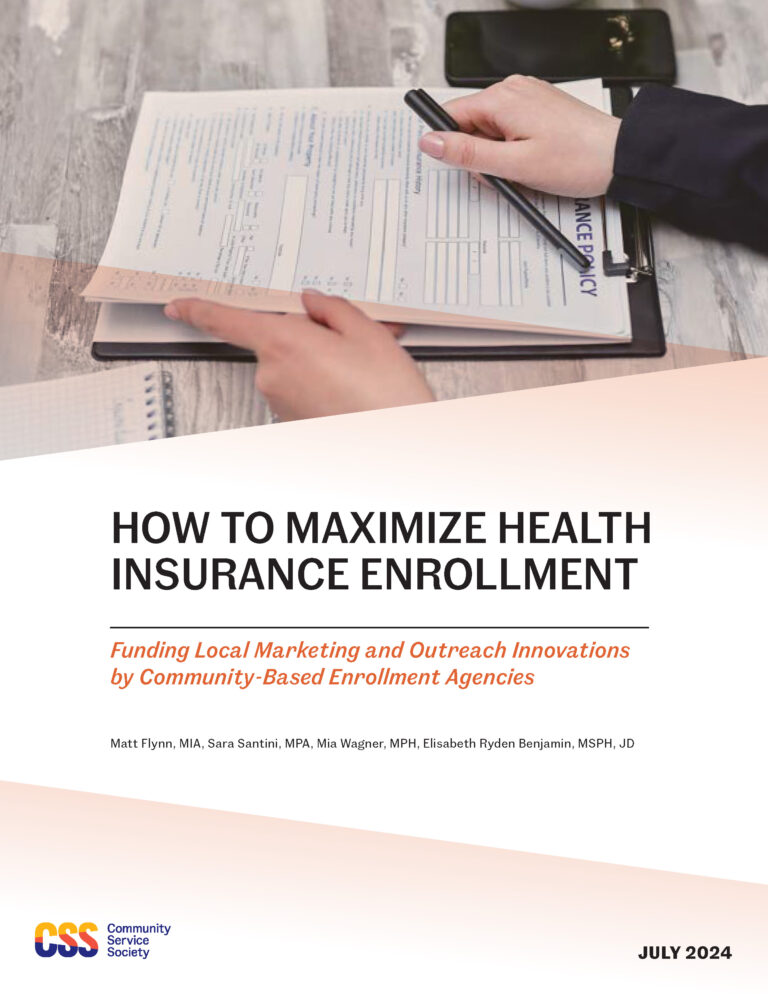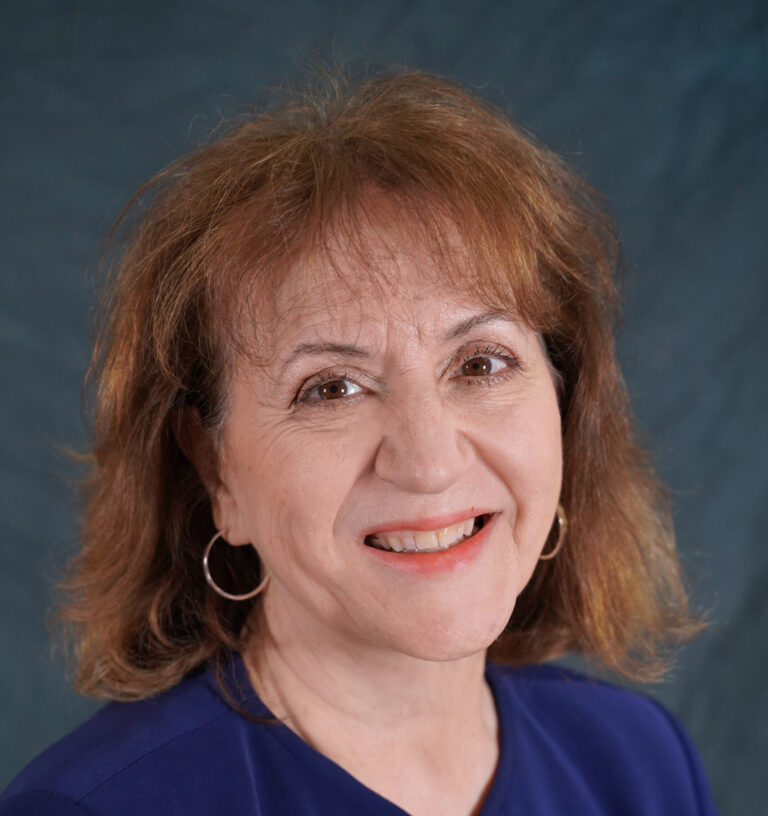Image: a student participating in a career pathways session from WNY R-AHEC
This post is part of our Transform Rural Health campaign. Learn more, including how you can let your elected officials know that rural communities deserve the best opportunities for good health.
One word rises to the surface over and over in conversations around health care: workforce. New York State, and the United States as a whole, continue to face challenges in delivering health care because there are not enough workers at every level of service.
In fact, every rural county served by the Health Foundation for Western & Central New York contains at least one Health Professional Shortage Area – a federal designation for when there aren’t enough health care providers relative to the general population.
The answers to workforce challenges are not easy or straightforward. Low pay, stressful environments, and long shifts are just some of the reasons why workers have left this sector. Inadequate reimbursements rates for some medical services mean health care providers are facing financial strain, making it even harder to invest in their staffing.
“If you don’t have the reimbursement rates and you don’t have the workers, that’s already a crisis,” said Richard Merchant, Chief Executive Officer of Health Workforce New York.
Melanie Rhodes, Executive Director of Western New York Rural Area Health Education Center (WNY R-AHEC), says their organization sees the need for long-term investment in programs that help build a health care workforce. WNY R-AHEC provides education, workforce, technology, and housing programs to 12 primarily rural counties.
“We’re proud to have become a New York State provider for continuing education in health professions. Pipeline development and introducing young people to health care careers are two really important aspects of building our workforce in New York,” said Melanie. “We hope to see continued investment in these kinds of initiatives and believe they will be important to the future of our state workforce.”
Workforce shortages can have a long-term impact on rural health outcomes. For example, many rural regions in New York have recently seen maternal care services reduce or close altogether, forcing pregnant patients to drive further for care.
For Richard, a key piece of solving the workforce crisis is encouraging elected officials to recognize how economic health and community health are intertwined—and how funding for health care programs has an economic impact as well.
“How can we help people make the connection between investing in health care and the local economy and jobs? It’s not only about delivering care; it’s about the health of the community,” he said.
Richard points to a 2018 study by the New York State Association for Rural Health that showed the local economic impact of funding for health care programs. Using Rural Health Networks and Area Health Education Centers in two rural New York State Senate Districts as a sample, Richard and his team found that there is a multiplied economic impact of between forty-seven ($0.47) and fifty ($0.50) cents for every dollar invested or lost in rural health care programs. The sample study demonstrated that a 20 percent cut or gain in these two programs equates to a multiplied effect of $700,000 and 10 jobs annually in the region.
“And that was just two districts using only two health care programs,” said Richard. “Across the state, you’re talking about millions of dollars and hundreds of jobs cumulatively.”
“Health care is a cornerstone of rural economies. When health care program funding is either bolstered or reduced, the social determinants of health are affected. Local businesses are affected,” he continued. “It’s not just about health and education, and it’s been a mistake to isolate them for so long. This is a wraparound community issue.”



